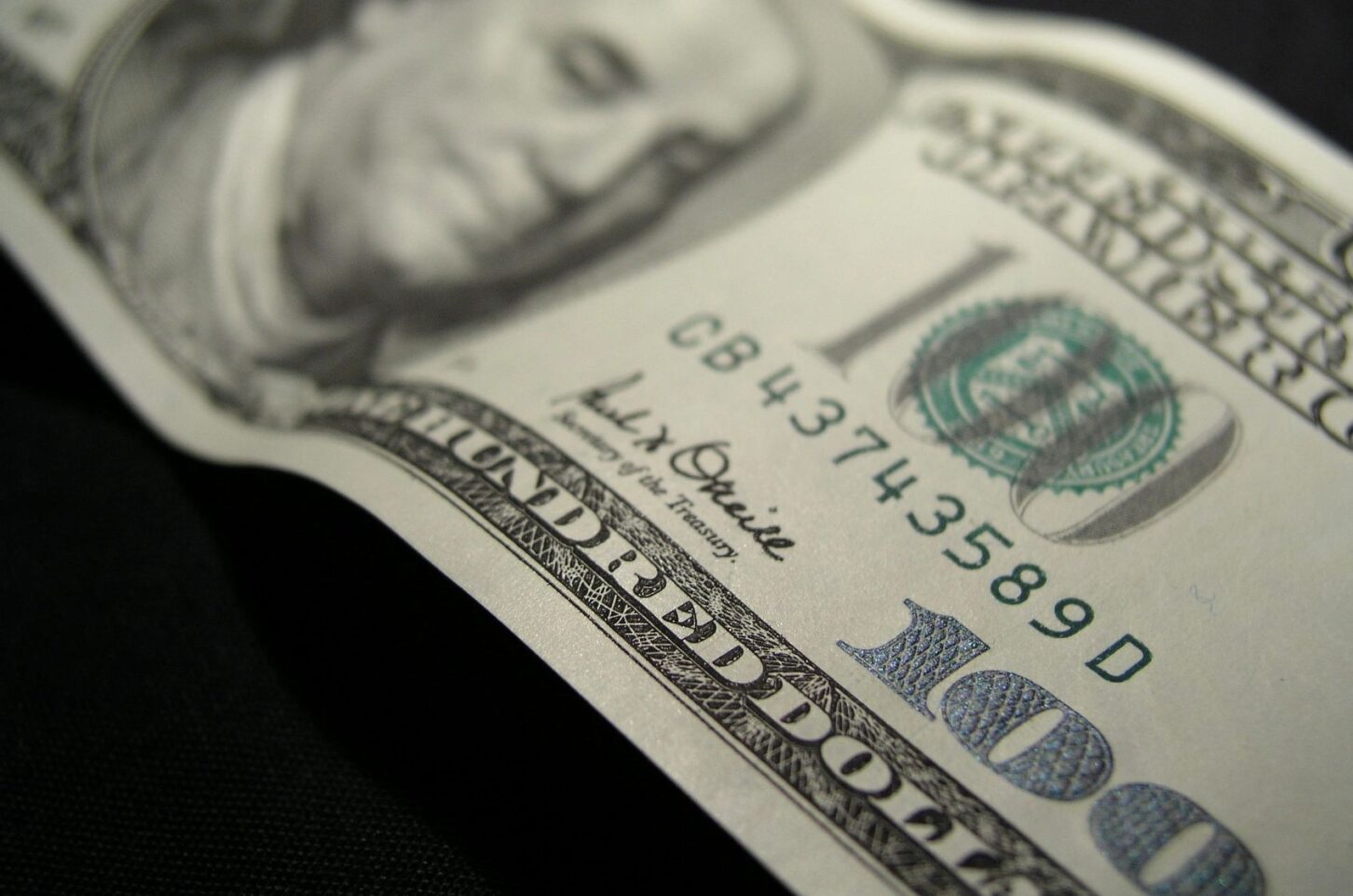
Among the things that may have changed forever in 2020 is Americans’ willingness to get serious about the national debt.
During the final presidential debate, President Donald Trump was asked why he hasn’t secured further emergency funding for the pandemic. His response: “Because Nancy Pelosi doesn’t want to approve it. I do.”
His opponent, Joe Biden, pointed to the HEROES Act the Democrat-controlled House passed earlier this year, which he supports. While Trump rightly replied that he has signed multiple relief bills, and that the HEROES Act is larded with blue-state bailouts, among other progressivist priorities unrelated to the pandemic, here are some things no one mentioned:
- Federal spending in fiscal 2019 – the last full year before the pandemic – was $4.4 trillion, double the figure from 15 years ago.
- On top of normal spending, Congress and Trump this year have authorized $3.7 trillion in emergency measures, according to the Committee for a Responsible Federal Budget. That’s greater than total federal spending in any one year before 2016.
- The HEROES Act would have added another $3 trillion beyond that – which on its own would surpass total federal spending in any one year before 2009.
- As of this writing, the Trump administration had already increased its HEROES counterproposal to $1.9 trillion, or more than total federal spending in any one year before 2002.
- The 2020 fiscal year, which ended Sept. 30, resulted in a deficit of some $3.1 trillion. That’s more than twice the single largest budget deficit in American history – even after adjusting for inflation.
This is madness. But what makes it truly worrisome is what happened after the last “emergency” spending spree.
When President Barack Obama signed the 2009 “stimulus” bill, the price tag at the time was an eye-popping $787 billion. (Quaint, in today’s light, isn’t it?) That bill produced howls from conservatives, and an entire movement known as the tea party.
But proponents of that bill swore up and down that this was “one time” spending, that it wouldn’t become a permanent feature of federal budgets. A lot of us scoffed at that.
Turns out, the skeptics were right. Spending jumped by 18% from 2008 to 2009. Despite promises that the 2009 stimulus represented “one time” spending, it never really went away. The low-water mark for spending since then came in 2013 – following all the hand-wringing about “fiscal cliffs” and sequestration, you may recall. After all that talk and bluster, spending in 2013 eased below 2009’s level by less than 2%.
Little, if any, of that “one time” spending ever went away.
That was sadly predictable. The question is whether things are very different now.
One would like to think that a global pandemic represents such a huge departure from the norm that the spigot wouldn’t stay on once it ends. Then again, the “Great Recession” was supposed to be a “once in a lifetime” event, too. Now consider all the talk about how we’re going to have to live with this virus for some time: As long as there’s an excuse to keep businesses, schools and more shut down, or at least at reduced capacity, in some parts of the country, will there also be an excuse to keep pumping out the federal dollars? Is this not what the political left wants?
Despite the professions of those who hold themselves out as “modern monetary theorists,” an old truism still holds: Something that can’t go on forever, won’t.
The idea behind modern monetary theory is that the United States can keep borrowing forever, because we print our own money. Never mind that countries from Italy to Argentina to Zimbabwe have felt the consequences of that kind of thinking (pre-euro, in Italy’s case). This notion also relies on the premise that appetite for American debt will remain high, and that decreasing appetite wouldn’t lead to runaway interest rates, soaring debt payments, and rampant inflation.
People have called this election the most important of our lifetimes. On this particular issue, however, it’s not clear either candidate would solve the problem.
Kyle Wingfield is president and CEO of the Georgia Public Policy Foundation: www.georgiapolicy.
